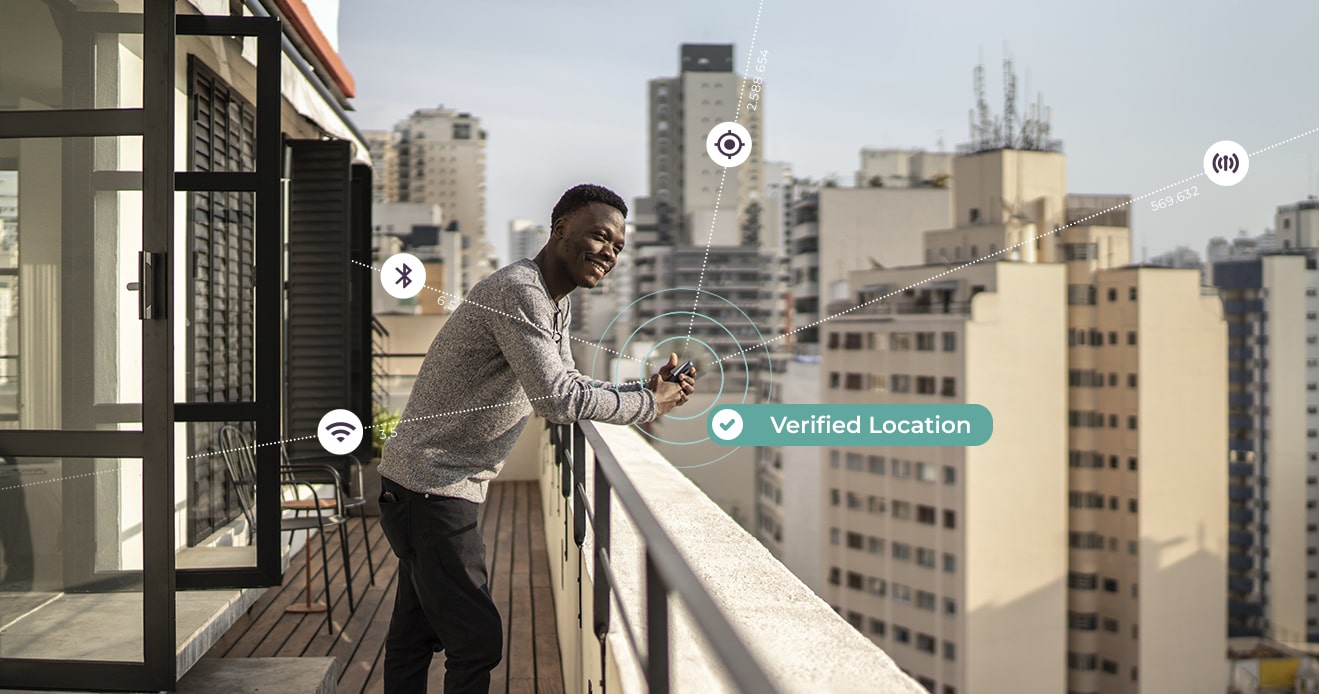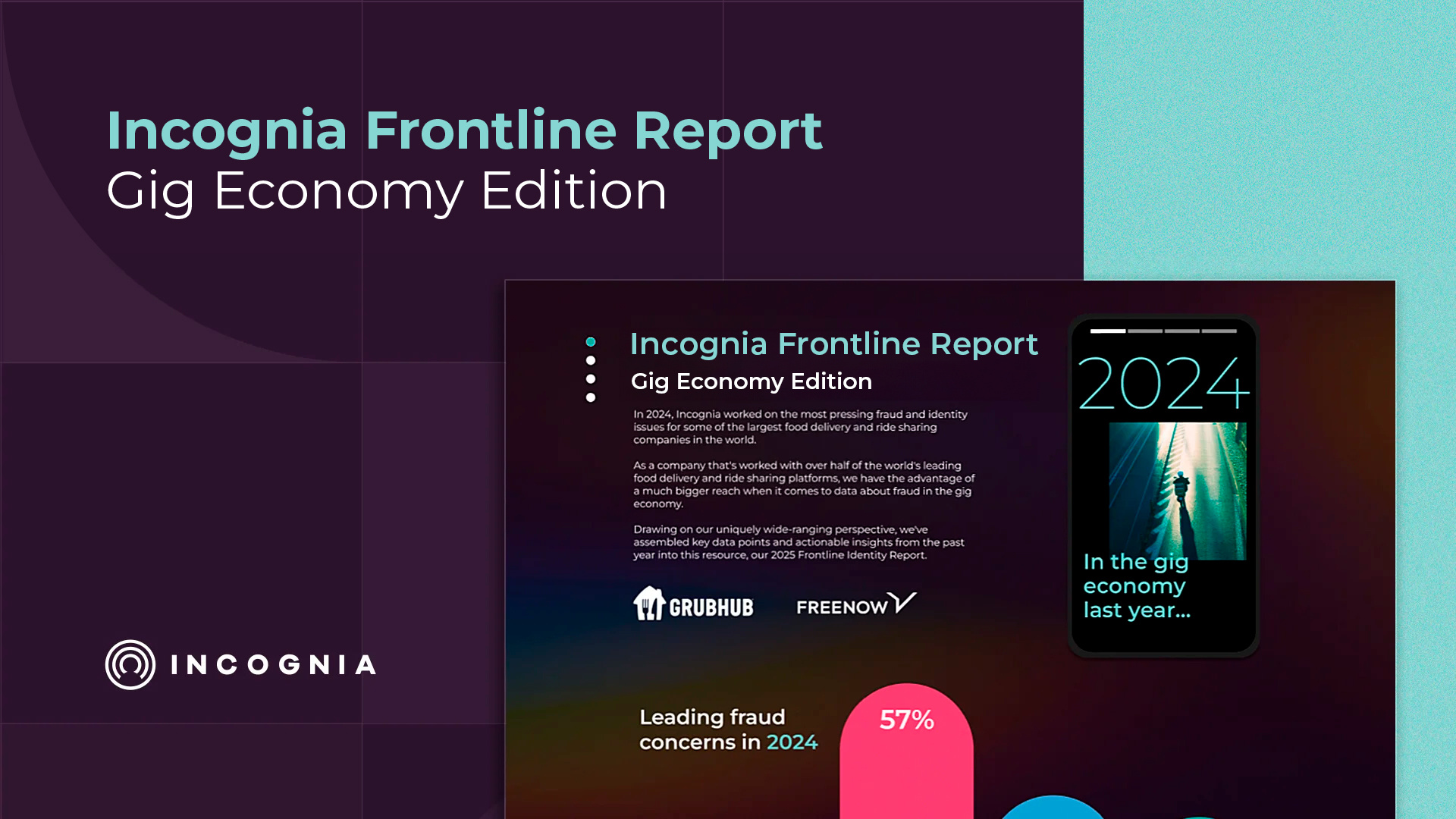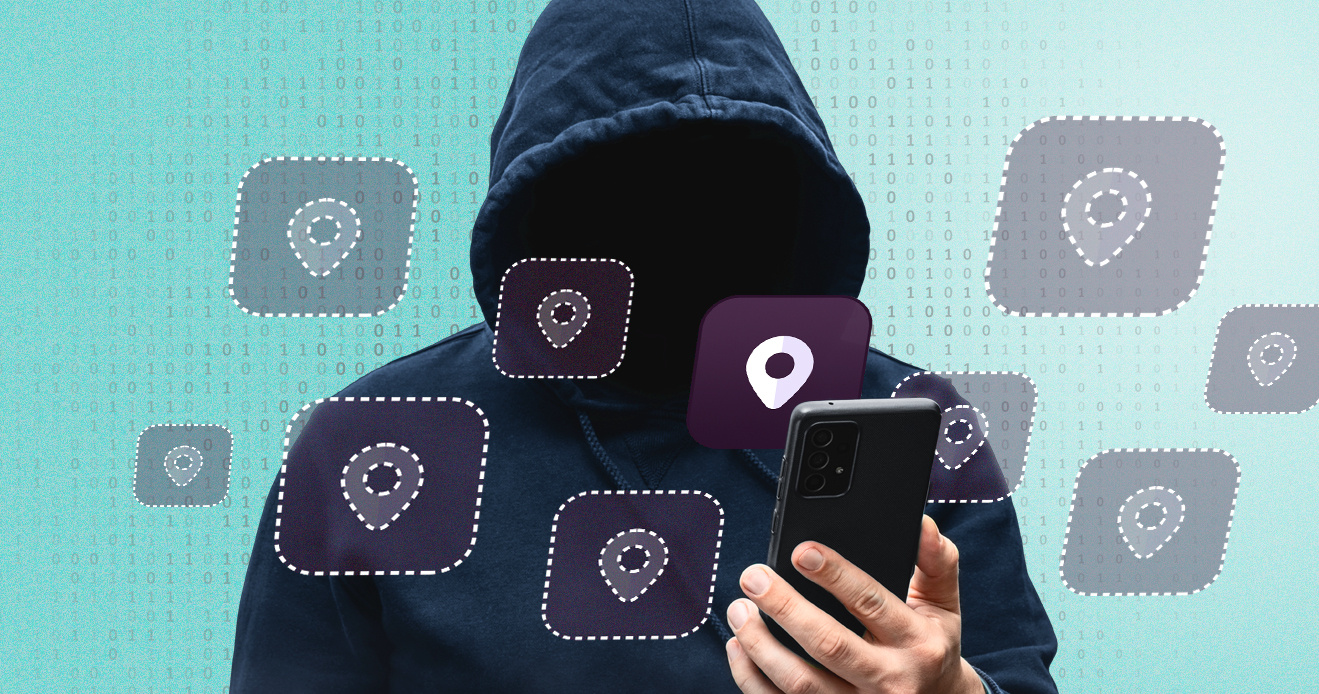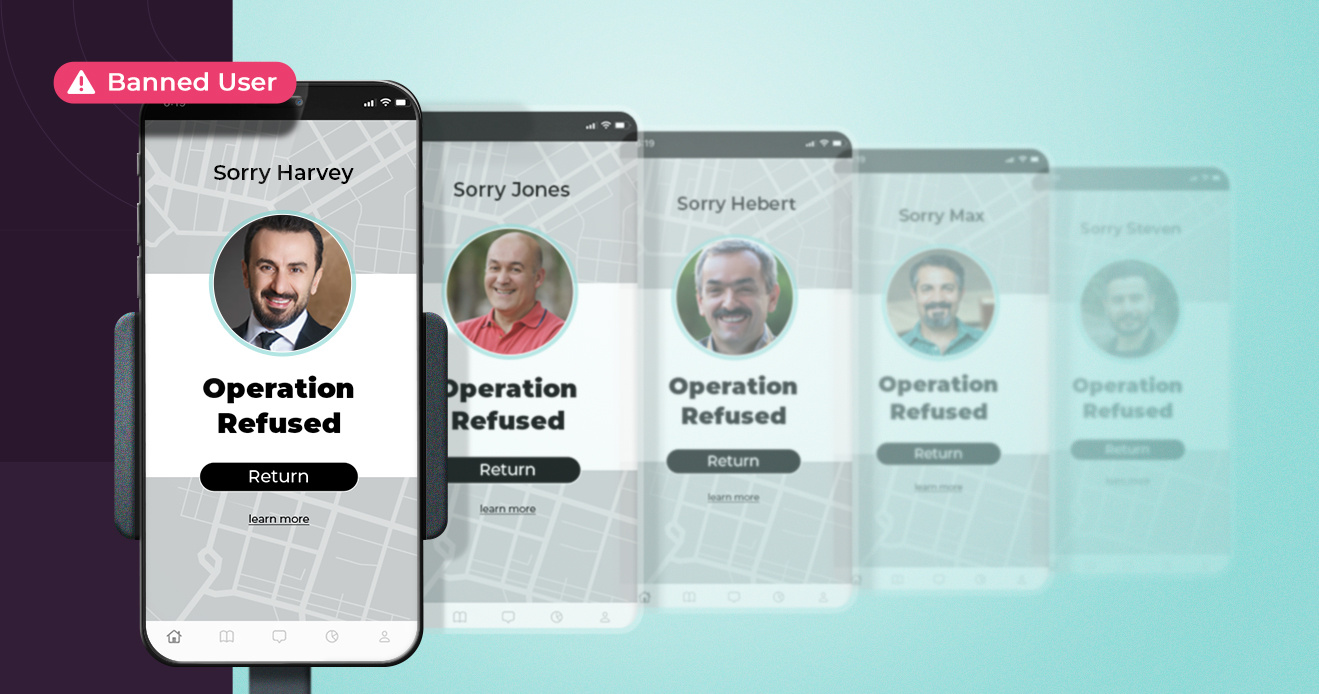- Blog
- The Power of Location Verification: Strengthening Business Defenses Against Fraud
The Power of Location Verification: Strengthening Business Defenses Against Fraud
In today's digital age, fraud prevention is an ongoing battle for businesses across various sectors, and location verification has emerged as a powerful weapon. Dive into this comprehensive guide to understand how real-time address verification can fortify your business against fraudulent activities.
Subscribe to the Incognia Newsletter
In a world where our digital transactions feel increasingly separated from the physical plane, it can be easy to forget just how essential location is—and how powerful. When it comes to safeguarding against fraud, location and location verification might just be some of the strongest tools businesses have at their disposal.
What is location verification, and how does it work?
As the name suggests, location verification is the process of verifying that a digital user’s reported location matches with their actual location. There are a few different ways to determine a user’s location, but among the most reliable is tamper-resistant real-time address verification.
Location verification solutions that don’t work in real time often rely on address databases, which might be outdated or lack the necessary coverage to account for all of a site’s incoming users.
Tamper-resistance is another must for reliable location verification. After all, there’s little meaning in saying you’ve verified an address that might have been spoofed or stolen.
So, how does tamper-resistant, real-time location verification work? Traditional location signals like IP address and GPS are too vulnerable to spoofing to be used alone, but when combined with other signals, like WiFi, Bluetooth, cellular, and device intelligence, they can create a comprehensive picture of a device’s location that’s much harder for enterprising fraudsters to fake.
Location verification by industry
Users connect to all sorts of online services from all over the world, meaning that location verification has use cases across dozens of types of platforms.
1. Food and grocery delivery
Any app or web service that facilitates real-world meetings between users needs a way to ensure customer satisfaction and safety. How do you know that someone claiming orders is actually in the proper radius to make timely deliveries? How can you protect drivers and customers alike from getting scammed or worse?
Location verification can help mitigate these risks. For example, if a courier tries to claim an order, but location verification solutions reveal that they’re actually in a different city than the customer, that’s a major risk signal that stakeholders can address. The same logic applies to the consumer side: if someone is ordering food to or from somewhere hundreds of miles away from their actual location, that could be a sign that bad intentions are at work.
2. Marketplaces
Online marketplaces represent vast and complex networks of sellers, buyers, and transactions, making them particularly vulnerable to fraud. Verifying location is one way to help patch that vulnerability.
Take the average P2P or peer-to-peer marketplace. While some like eBay work primarily based on shipping products between buyers and sellers, others, like Facebook Marketplace and Craigslist, work primarily by connecting people locally. If you want local buyers to be able to connect to local sellers and minimize everyone’s risk of getting scammed, it’s important to know that everyone is actually located where they say they are.
With real-time location verification, online marketplaces can validate the geographical location of sellers and buyers, ensuring that they are indeed where they claim to be. If someone claiming to have a PS5 for sale in Kansas City actually turns out to be located in Fresno, that’s probably a good indication of a fraudulent transaction waiting to happen. In this way, verifying location helps safeguard the integrity of online marketplaces.
3. Social media platforms
In the realm of social media platforms, location verification can act as a powerful identity signal to help weed out fake accounts at onboarding and to identify suspicious logins.
If an account claims to be based in New York but the location data shows activity from a different country, the platform can flag this account for further scrutiny or action. In the same vein, if a user who normally logs in in one city is suddenly on a new device a thousand miles away, that login attempt can be blocked and presented with a step-up authentication request to protect that user’s account from potential takeover. In this example, location is an authentication factor, making this one example of location-based authentication.
4. Dating apps
Dating apps, where trust plays a crucial role, can immensely benefit from location verification. By validating the users' geographical coordinates, the apps can ensure the genuineness of profiles and aid in establishing trust among users. If a user’s reported address matches their actual location at onboarding, that’s a good indication that they’re telling the truth about at least one aspect of their identity.
Verifying user location on dating apps enhances user safety by allowing genuine location-based matching and preventing romance scams and catfishing attempts. Therefore, location verification in dating apps can promote safer and more authentic interactions among users.
5. Banking and finance
The banking and finance sector has know-your-customer or KYC regulations to meet, meaning they’re already required to meet a certain burden of proof as far as their customer’s identities. These laws are in place to ensure that banks and financial institutions don’t launder money or violate international sanctions by mistake. While location verification is no replacement for KYC checks, it can help banks and financial institutions identify stolen or synthetic identity signups as well as suspicious logins on existing user accounts.
Similarly to its use cases in other verticals, location verification can check whether a user’s location at onboarding to a new banking app matches their actual, real-world location. Most users handle sensitive transactions like account creation from a trusted location like their home, so someone who opens an account from their reported address or the address on their photo ID is much lower risk than someone who opens an account dozens or even thousands of miles away.
Location verification can also be used to build a picture of someone’s location behavior that’s unique to them. This location fingerprint can then be used as a location authentication measure—if an online customer suddenly transacts far outside their typical stomping grounds, those transactions can be treated as higher risk and step-up authentication measures deployed accordingly.
It should be clear that location verification is a powerful tool in the fight against fraud, but with that said, there’s still some important things to keep in mind. Namely, that tamper-resistance is paramount, and that some location signals or combinations of signals are stronger than others.
At Incognia, we combine WiFi, GPS, Bluetooth, cellular, and device signals to create a holistic picture of a device’s location that’s much more persistent than GPS or IP address alone. What’s more, the combination of nearby signals, such as WiFi and Bluetooth, makes this location data much more difficult to spoof or replicate than legacy location signals. If a fraudster can just spoof their location to pass a verification check, then it’s not doing its job.
However, with tamper-resistant location technology in place, fraud fighters add a powerful tool to their fraud prevention and user authentication stack. Verifying user location is one resilient component of a solid fraud prevention strategy.




